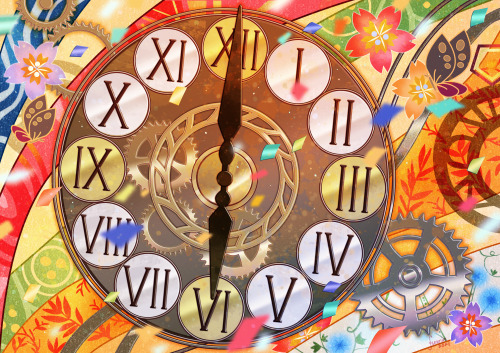#taisho era
Stunning handpainted [antique] blue and white Japanese porcelain plate. It is estimated to be from the Late Taisho-Early Showa period, circa 1920s. Adorned with a graceful pattern of stylized Kikumon (chrysanthemum) and waves. The mark on the underside indicates the name of shop (not listed in any references that I checked). It was likely produced in Seto.
Post link
This is a hairstyle timeline that is meant to cover the Taishō era (1912-1926). However the dates for many reference photographs were rather vague, so some might actually fall into Shōwa era (1926-1989). Regrettably I couldn’t cover EVERY single hairstyle from this period so please consider this to be a brief overview. There are no Geisha, Maiko, etc featured here; they will be covered in another fashion timeline someday.
Some interesting notes about Meiji-Taisho era from Liza Crihfield Dalby’s Kimono: Fashioning Culture(1993)
· “Men and women of Meiji had gulped up Western culture with all the indiscriminate enthusiasm of new converts. By Taishō, Japanese sensibilities vis-à-vis the West were much smoother. This was Japan’s political equivalent of the … social scene of the American Roaring Twenties. Japanese born during Taishō would enter adolescence as modern boys and girls. Significantly, women opened their closets to Western clothing during this decade. Kimono has lost space ever since.” (pg. 124)
· “By 1915 Japan was beginning to feel itself a world-class nation, more confident of its military strength and social development. Ordinary Japanese were inclined to look at their society in light of how life might be bettered by adapting foreign ideas, or made more interesting by acquiring foreign fashions. Borrowing from the West was of course not new, but it had now become a more reciprocal and respectable process.” (pg. 124)
WOMEN’s HAIR:
· In the Meiji era “a few women cropped their hair, but these courageous souls were simply regarded as weird” and indecent (pg. 75)
· “If cutting the hair short was too radical [in Meiji Japan], as public reaction attests, women’s hair did gain a new option in the sokugami style, a pompadour resembling the chignons worn by Charles Dana Gibson’s popular Gibson girls. The further the front section, or ‘eaves,’ of the hair protruded, the more daring the style. The sokugami style bunched the hair, coiling it in a bun at the crown of the head. Unlike traditional coiffures, sokugami did not require the heavy use of pomade, pins, bars, strings, and false hair to hold its shape. Its appeal was promoted as healthier and more rational – hence, more enlightened- than the old ways.” (pg. 75)
Post link
Hairstyle and hat studies of Taisho era Japan. I have been wanting to get to this period for quite a long while now!
W.I.P. for now as I’m planning on adding many more drawings.
Post link
Stunning handpainted [antique] blue and white Japanese porcelain plate. It is estimated to be from the Late Taisho-Early Showa period, circa 1920s. Adorned with a graceful pattern of stylized Kikumon (chrysanthemum) and waves. The mark on the underside indicates the name of shop (not listed in any references that I checked). It was likely produced in Seto.
Post link
Full version of a Promare fashion zine I was a part of. I always had an interest in Taisho/Showa era fashion so this was a fun exploration piece for me.
Post link
みんな、新年あけましておめでとうございます 2017!Happy New Year 2017 to everyone! Selamat Tahun Baru 2017 semua orang! Bonne année 2017 à tous!
Kaburagi Kiyokata 鏑木 清方 (1878-1979)
Harusō 春装 (Springwear) (with a Kweepie doll) from 國民新聞 (National newspaper) appendix - Japan - 1917
Post link
Old Japanese Postcard
西洋魔術博物館 @MuseeMagica
雑。1920年頃の時代的雰囲気を探ってあちこちさまよううちに、大正九年に出た日本の絵葉書に遭遇。妙にモダンな絵柄が気になるのでここで紹介。もうオカルトとはまったく関係ございませんのであしからず。 pic.twitter.com/5DMXS4qGLEBar no onna バアーの女 (Bar girl) & Movie girl 映画の女 - Japanese postcards fromTaisho era - Japan - 1921
SourceTwitter (Western Magical Museum) 西洋魔術博物館 @ Musee Magica
Post link
家族双六 『新少女』1916年1月号付録
“Family Sugoroku” Board Game
Extra from the January 1916 edition of “Shin Shōjo” magazine
The middle picture depicts a family Christmas celebration, with the girl decorating her hair with holly. Notice the family pet cat and dog poking their head in!
竹久夢二
Takehisa Yumeji
1916
Post link
[Primula] a modern printed kimono by PoniaPon bringing back a Taisho era very cottage core design ^^
Post link




Cleaned up those KnY doodles from last year
I like painting food!

![Stunning handpainted [antique] blue and white Japanese porcelain plate. It is estimated to be from t Stunning handpainted [antique] blue and white Japanese porcelain plate. It is estimated to be from t](https://64.media.tumblr.com/f89e47ffbb124abf6786fd253b5668a5/cd7741e4d039f565-d4/s500x750/5b2496870d0938c7904f07484c4fc04f3e97e506.jpg)
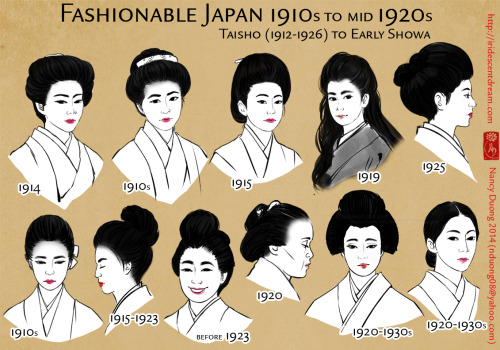





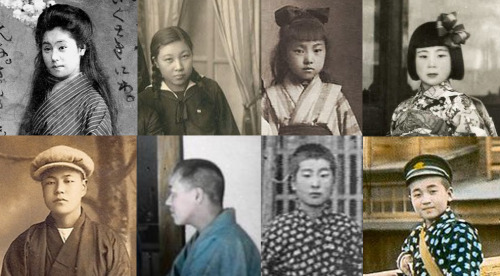


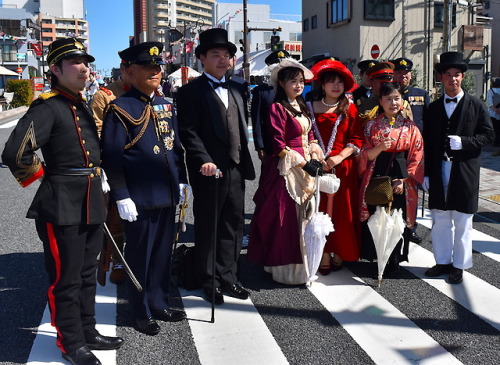

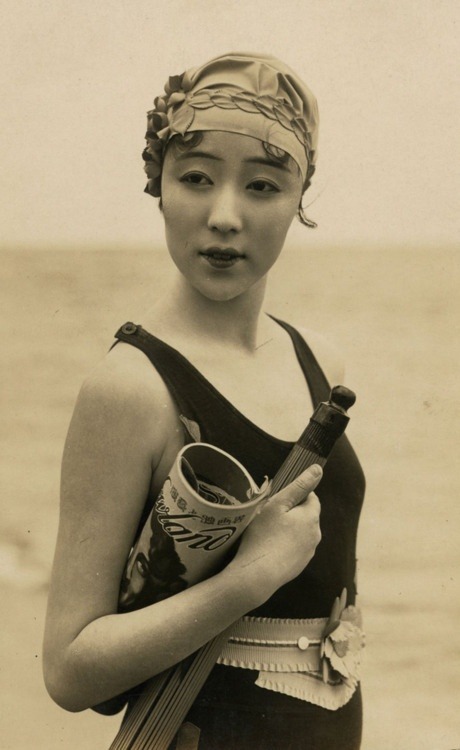
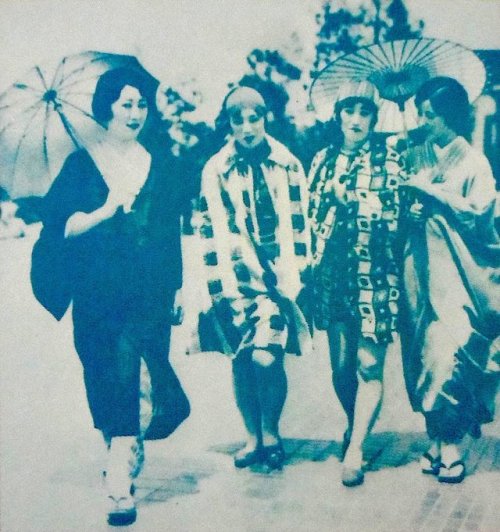




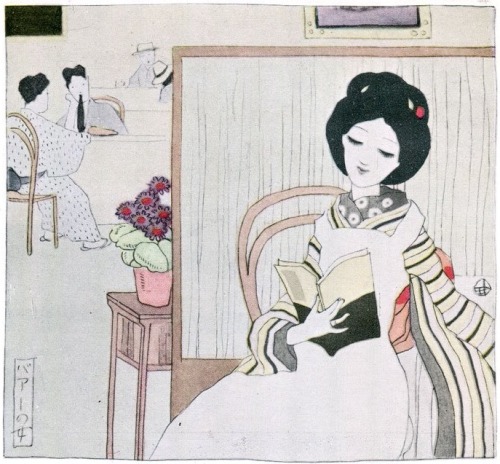



![tanuki-kimono: [Primula] a modern printed kimono by PoniaPon bringing back a Taisho era very cottage tanuki-kimono: [Primula] a modern printed kimono by PoniaPon bringing back a Taisho era very cottage](https://64.media.tumblr.com/7a9ea4a16a3d63cf3e99269a9db96a89/492d2c284d4dd482-90/s500x750/5c6f66210f21f8ffaa1a6f0195ae4af272d774bb.jpg)
![tanuki-kimono: [Primula] a modern printed kimono by PoniaPon bringing back a Taisho era very cottage tanuki-kimono: [Primula] a modern printed kimono by PoniaPon bringing back a Taisho era very cottage](https://64.media.tumblr.com/ccc0a31b263bd2804ee9a2eb9de8126b/492d2c284d4dd482-89/s500x750/139336ee51e2715cf9671f1ea02e64d020c49e3f.jpg)

